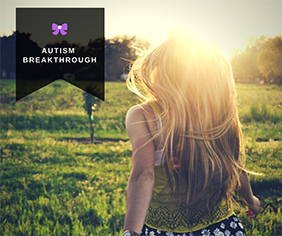Reading Time: 2 minutes
1. What are the usual ways autism is being addressed today, and how is your approach different?
- Usual methods: Autism is commonly defined as a lifelong neurodevelopmental disorder with no cure. Most current approaches involve years of therapies upon therapies.
- My approach: The fundamental difference lies in my definition of autism. I view autism as an energy disorder caused by disturbances in energy dynamics. My approach focuses on addressing these energy disturbances, which are the root causes of the symptoms in autism.
2. What is the latest scientific understanding about autism?
- Autism is increasingly being understood as an energy disorder linked to mitochondrial dysfunction. Mitochondria, often referred to as the “powerhouse of the cell,” play a vital role in energy regulation.
- The energy deficit and dysregulation in autism arise due to mitochondrial dysfunction, which has been identified as the missing piece in understanding its causes until now.
3. What is your focus in autism, and why should we listen to you?
- My focus: I provide solutions for autism that address its energy basis using applied energy medicine and applied intentional epigenetics.
- In simple terms, the root cause of energy disturbances is stress, and stress is contagious.
- By reducing stress in parents, therapists, and the environment, the child begins to thrive.
4. What is the connection between mental health and autism?
- 70-80% of autistic individuals (both children and adults) experience additional mental illnesses like schizophrenia, anxiety, OCD, depression, or bipolar disorder.
- The critical question: Mental illnesses are at an all-time high today. How many of these individuals are actually autistic?
5. What can each one of us do to help the autism crisis?
- Let people know there is a solution.
- Access support through programs like CMCHIS.
- Start early:
- During pregnancy, prioritize stress reduction in parents to create a stress-free environment.
- In schools, teach children to be stress-free in the presence of autistic peers.
- Encourage inclusivity: Help children learn how to engage with autistic individuals.
- Stress is contagious and depletes the energy of an autistic child. By addressing stress at every level—parental, educational, and societal—we can create an environment where autistic children can thrive.





